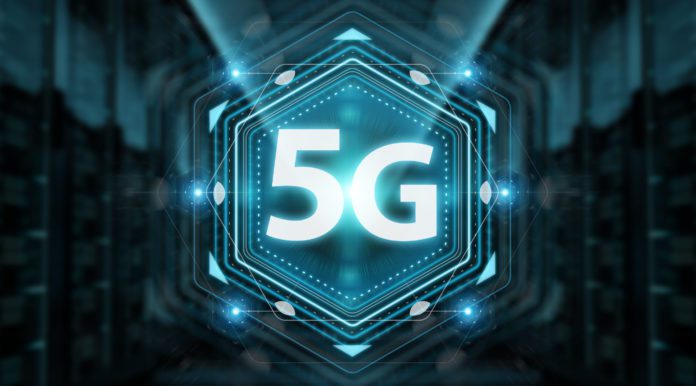5G technology will be one of the key enablers of smart buildings as this technology is already paving the way for a full implementation of internet of things (IoT) and other emerging technologies in the real estate space.
According to Coretrust Capital Partners, a real estate investment firm focused on the acquisition and operation of large office properties across the U.S., 5G will be the key technology that will enable the full implementation of IoT in smart buildings. ?Our position is that smart buildings will be integrally tied to the IoT, and we see 5G as a pathway that will enable IoT devices to perform most effectively both from a tenant and business operations perspective,? Coretrust Capital Partners managing principal, Thomas Ricci, said.
With help from wireless services provider Connectivity Wireless Solutions, Coretrust Capital Partners had recently implemented 5G technology to transform its own tower in downtown Los Angeles into a smart building. The transformation, which included a Distributed Antenna System (DAS) comprised of 317 multi-band antennas and 20 software defined remotes for fiber optic connectivity that cover the 1,244,925 million square feet of the 48-story tower, will provide improved cellular coverage and internet connection.
Commenting on what specific 5G services or applications are already being implemented in the smart building field, Ricci said that some smart building applications and use cases include digital signage, wayfinding, augmented reality (AR) and virtual reality (VR) systems, Heating, Ventilation and Air Conditioning (HVAC) and energy control applications, as well as security- including HD video security.
Ricci also noted that the company?s focus has been putting scalable, modular infrastructure in place that can support the connectivity requirements that will accompany 5G and IoT devices and applications.
Gregory Dial, Executive Vice President of Corporate and Market Strategy, JMA Wireless believes that 5G, paired with the ability to support things like private wireless networks, is going to be extremely important to enable smart buildings, but also will be key in many other critical infrastructure areas like manufacturing, transportation and large venue management, among others. ?With 5G you not only have improved speeds and lower latency, but also the ability to connect massive amounts of sensors and to process that information in real time. These sensors will form the central nervous system of the building, allowing maintenance or support staff to not only address issues immediately, but get ahead of potential issues employing new technologies like machine learning, computer vision, and artificial intelligence.
Dial also stressed that 5G technology, paired with private network capability and the added value of putting more compute power at the edge of the network will start to automate critical operations. Some examples could be automated sensors that report in on elevator maintenance or control things like automated lighting or temperate settings based on people movement. Back office functions like content delivery can be much more efficient over 5G private networks, delivering content directly on site. Hosting specific applications on local networks like augmented and virtual reality, and other high bandwidth/low latency intensive applications will also be possible. ?In short, in-building 5G and private networks will significantly push the limits of automation,? Dial said.
Commenting on how 5G can interact with other emerging technologies such as IoT and AI to further improve smart buildings, Dial believes that this is the critical link. ?5G speeds and low latency to things like smartphones are important, but it?s those technologies pairings that will really drive major breakthroughs. 5G paired with private wireless networks, paired with IoT, paired with edge compute that allows high-end functions like AI to run. 5G is simple a standard that allows data to move faster over the air, the architecture of the networks that support 5G are truly what will make it unique. Software-based platforms and having resources as close to the user as possible are critical.?
However, the deployment of 5G in smart buildings has some challenges or obstacles that should be considered by building owners or managers. ?These networks need to be something that a standard IT workforce can understand in order to maximize usability and minimize the learning curve. In other words, these networks need to be targeted to a different audience than in the past. What took wireless engineers to set up and maintain needs to simplify to the point where data can be viewed and controlled through very simple dashboards,? Dial said.
RCR Wireless News recently published an editorial report analyzing how 5G, IoT and other technologies will shape future smart buildings. Click here to have access to the full report.

